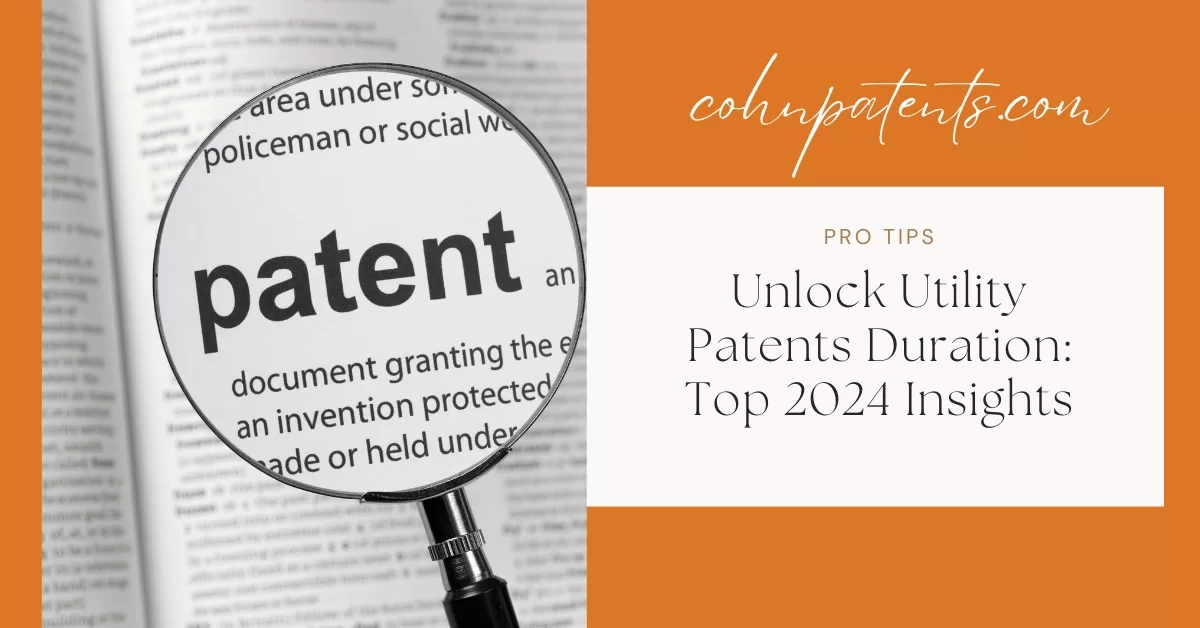Utility patents–otherwise known as ‘patents for invention”, cover a new or improved product, process, or machine, and prevent others from using that new or improved invention without authorization or permission. A Utility Patent is fundamentally a right to sue. When people talk about a patent, they are generally talking about a utility patent. For many businesses, the proprietary product is what drives the business and to stay competitive and value-centric, owning the rights to the use and sale of the product is critical. Utility Patents really are important.
The time period that a utility patent lasts depends on when it was filed. On June 8th, 1995, patent law changed to obey an article of the Uruguay Round Agreements of the General Agreement on Tariffs. What this means for this interested in obtaining patents is that all utility patents filed before June 8th, 1995 last 17 years from the date the patent was first filed. All utility patents filed on or after June 8th, 1995 last 20 years from the earliest filing date.
It is also important to note that the patent holder must continue paying maintenance fees. Maintenance fees are paid at year four, year eight, and year 12 from the issue date. Generally, fees will run you $400.00 on the fourth year, $900.00 on the eighth year, and $1,850.00 on the 12th year. Failure to pay maintenance fees can end patent protection, no matter how long it has been since the filing date.
Utility Patents and Dates – Timing is Everything
Some parent holders apply for what is called a Provisional Patent. This “light-patent” is basically a placeholder that gives you a year to review your invention or intellectual property and raise funds. Within one year, the holder of a provisional patent must apply for a non-provisional patent. Although a provisional patent is not reviewed by the United States Patent and Trademark Office (since it is meant only to secure preliminary priority rights and not outline the full scope of the invention), it still starts the clock on your application timeline. Indeed, ultimately, the non-provisional patent you eventually obtain lasts 20 years from the date you initially filed the provisional patent.
Utility Patent or Provisional Patent – It Depends…
Filing a provisional patent certainly does not confer the same rights and securities conferred by the filing of a full utility patent. As alluded to in the previous paragraph, timing really does matter here. Filing for a provisional patent too early could result in a time crunch (since you only have one year to file a non-provisional patent), while deciding to wait to file a utility patent (to produce funds, a developed idea of the concept) without the protection of a provisional patent, may result in someone else swooping in and taking your idea before you have a chance to file.
It takes approximately three years to file a non-provisional patent, which should be taken into consideration. In both cases, it is also recommended that you consult a patent attorney, which will make the entire process less risky and more clearly guided.
Still not sure which one is right for you? We’re here to help.
Contact your Patent Attorney to learn more.


